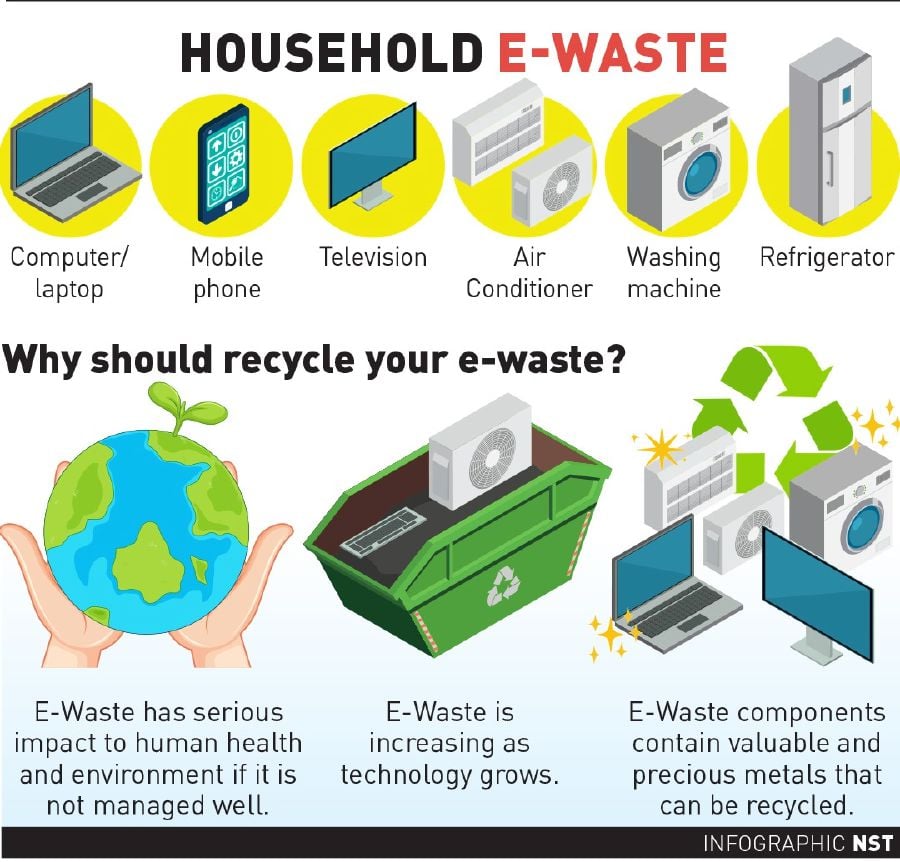What Does Recycling Lives Services Mean?
Table of Contents7 Simple Techniques For Recycling Lives ServicesRecycling Lives Services Can Be Fun For AnyoneOur Recycling Lives Services StatementsThe Best Guide To Recycling Lives ServicesThe Buzz on Recycling Lives Services

Furthermore, all Oxfordshire regional authorities accept vapes and e-cigarettes as a separate kerbside collection. Just how they are collected in each area differs somewhat; check you have the proper info for your location.
Portable batteries the kind you find in little handheld gadgets can also be recycled at the kerbside but not inside any of your containers. Larger shops that sell batteries also have collection factors for reusing old batteries.
Some Known Facts About Recycling Lives Services.
Older-style filament or halogen light bulbs can be disposed of in your basic rubbish container at home. Some DIY stores also have collection points for light bulbs.

The Best Strategy To Use For Recycling Lives Services
Electrical products are damaged down into different pasts to make sure that the different materials they are comprised of can be removed and reused. Waste recycling centres are for usage by homeowners only and can not approve waste from business sources. Tiny companies and traders have a responsibility of care under this system, which suggests they also have to conform with the WEEE laws.
E-waste, digital waste, e-scrap and end-of-life electronic devices are terms frequently used to describe made use of electronics that are nearing completion of their beneficial life, and are disposed of, given away or offered to a recycler. The UN specifies e-waste as any type of disposed of products with a battery or plug, and features poisonous and unsafe compounds such as mercury, that can posture extreme threat to human and environmental health and wellness.
Some Known Facts About Recycling Lives Services.
Only 17.4% of this digital waste, including a blend of dangerous materials and priceless products, will be tape-recorded as being properly accumulated, dealt with and recycled - https://www.tripadvisor.in/Profile/rcyclng1vssvc. Many campaigns are embarked on to tackle this growing problem, but none of them can be totally effective without the active role and appropriate education of customers

Extracting discarded electronics generates 80% much less emissions of carbon dioxide per system of gold contrasted with mining it from the ground. In 2015, the extraction of raw materials accounted for 7% of the globe's energy consumption. This means that moving towards the usage of even more second basic materials in digital items could aid significantly within the targets established out in the Paris Arrangement on environment change.
Recycling Lives Services Fundamentals Explained
Every device ever before created has a carbon impact and is adding to human-made worldwide warming. Make a tonne of laptops and potentially 10 tonnes of CO2 are emitted. When the co2 launched over a tool's lifetime is considered, it mostly happens during production, prior to consumers buy an item. This makes lower carbon procedures and inputs at the manufacturing stage (such as usage recycled resources) and item life time key components of general ecological influence.
Also in the EU, which leads the globe in e-waste recycling, simply 35% of e-waste is officially reported as effectively collected and recycled. The absence of reusing considers greatly on the global electronic sector and as tools come to be much more many, smaller sized and extra complex, the problem rises.
The staying mass of e-waste generally plastics laced with metals and chemicals poses a more unbending issue. A brand-new vision for the manufacturing and intake of electronic and electric items is needed. It is easy for e-waste to be framed as a post-consumer problem, but the issue includes the lifecycle of the gadgets everyone uses.